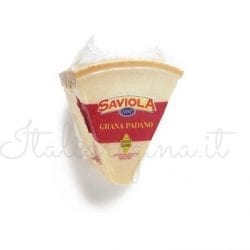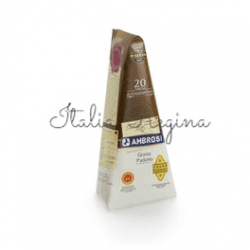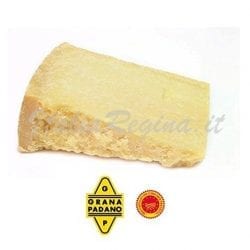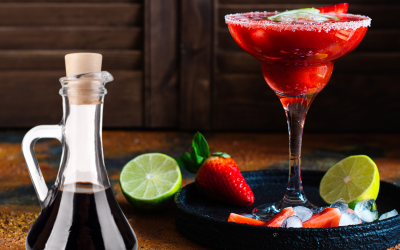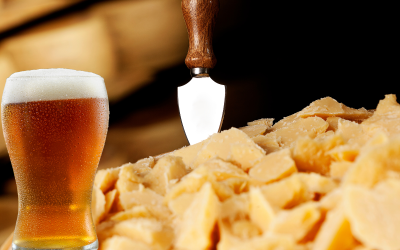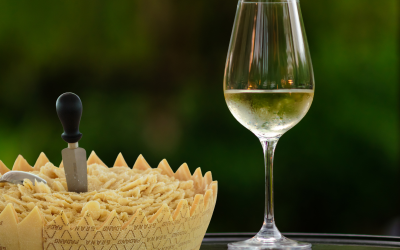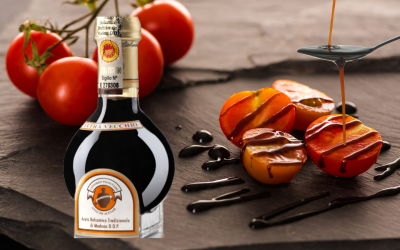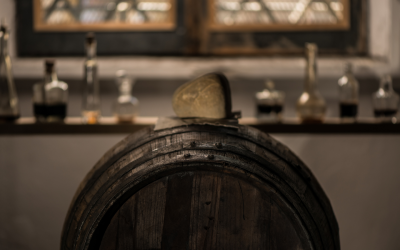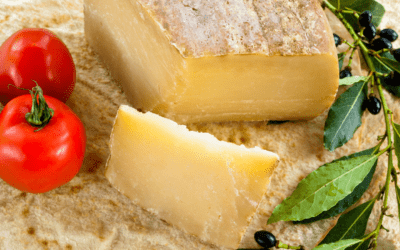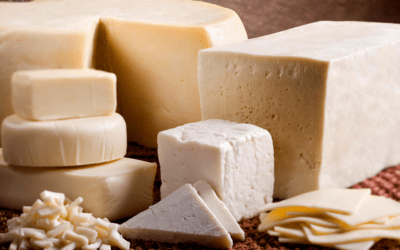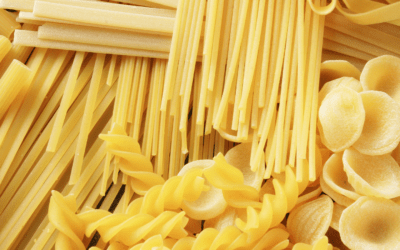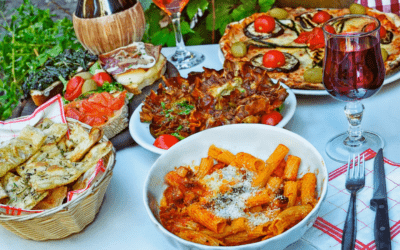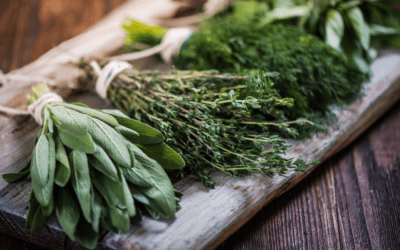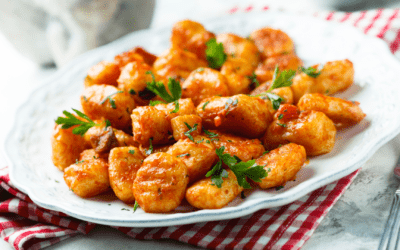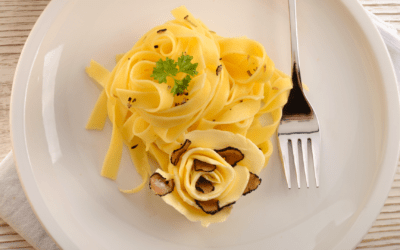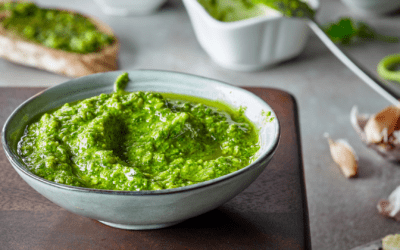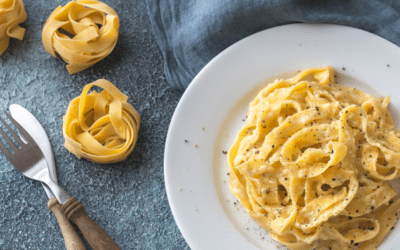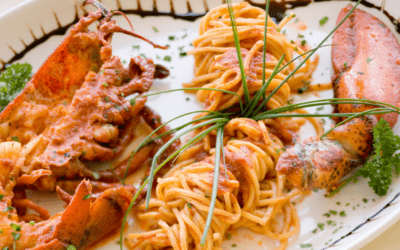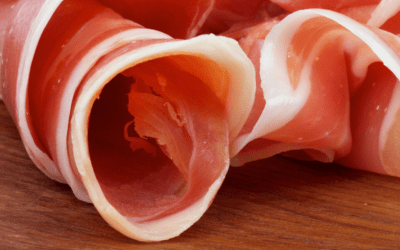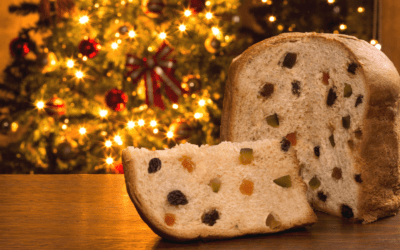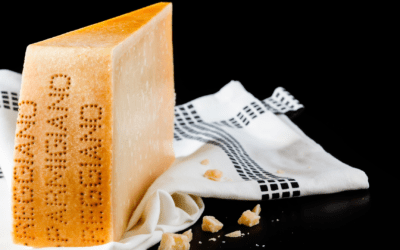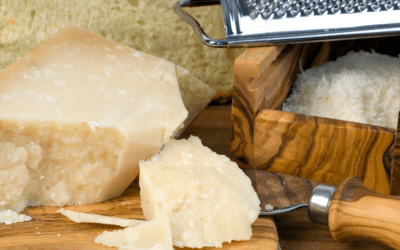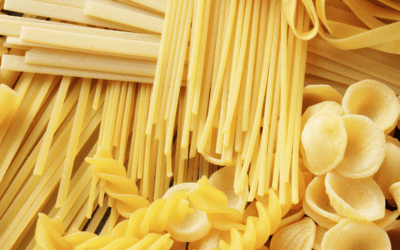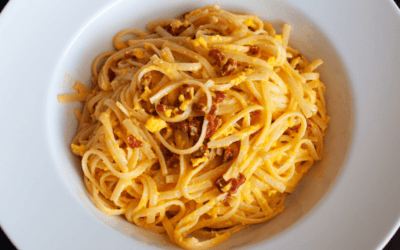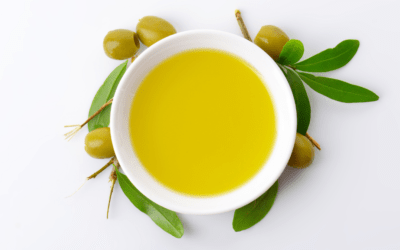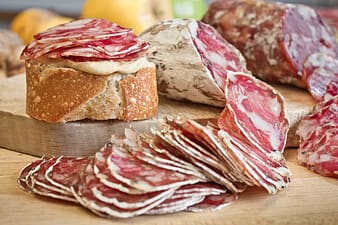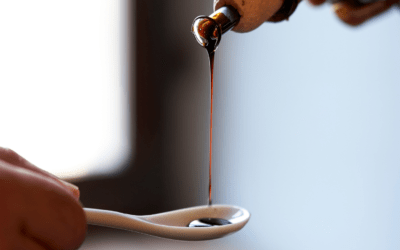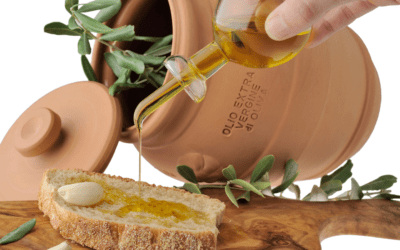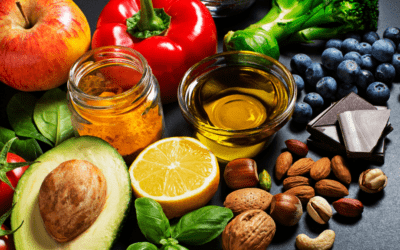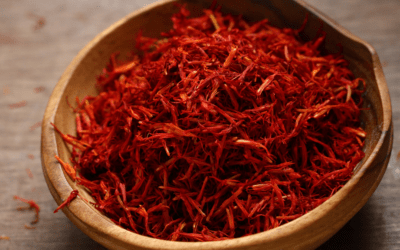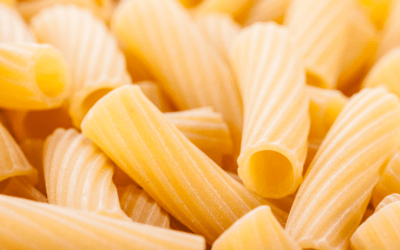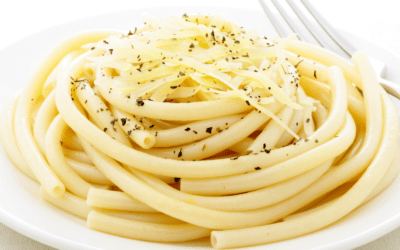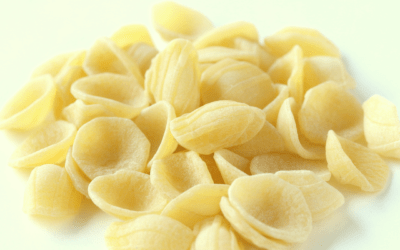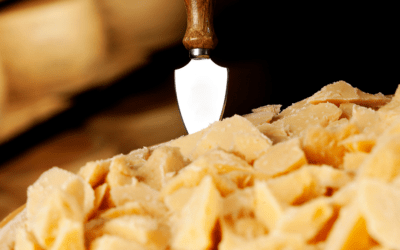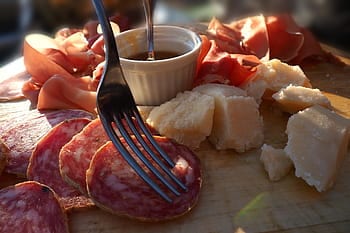Grana Padano
Grana Padano for flavour pasta, salads or meat dish!
The production of Grana Padano takes place in the Region of Piemonte, in the provinces of Alessandria, Asti, Biella, Cuneo, Novara, Torino, Verbania, Vercelli; in the region of Lombardia in the provinces of Bergamo, Brescia, Como, Cremona, Lecco, Lodi, Mantova, Milano, Monza, Pavia, Sondrio, Varese; in the region of Trentino alto Adige in the provinces of Trento and Bolzano; in the region of Veneto in the provinces of Padova, Rovigo, Treviso, Venezia, Verona, Vicenza; and then in the region of Emilia Romagna in the provinces of Bologna, Ferrara, Forlì Cesena, Piacenza, Ravenna and Rimini.
Grana Padano is a PDO cheese produced throughout the year with semi-skimmed raw cow’s milk. It is a cooked cheese, hard and slow aging.
Discover Grana Padano
Grana Padano is a PDO cheese produced throughout the year with semi-skimmed raw cow’s milk. It is a cooked cheese, hard and slow aging; It is produced from raw cow’s milk from cows milked twice a day, whose basic diet consists of green fodder. Raw milk, stored in the barn and from there transported to the dairy, must not have undergone any physical, mechanical neither thermal treatment that could change the status of the natural raw milk.
The cheese Grana Padano was awarded the Protected Designation Origin status (PDO) by the European Union in 1996
Only to cheese that meets all the requirements established in the Product Specification and has completed at least eight months is affixed to focus the mark of Grana Padano PDO. However, this cheese may not be sold before the actual completion of the ninth month of age.
Grated Grana Padano PDO is made exclusively from whole cheese already certified. The grating must be done in a defined production territory.
The packaging must take place immediately, without any other process or addition of other substances.
On the crust of Grana Padano PDO, as well as on the packaging, it is possible to read how long it has been the aging time.
How many types of Grana Padano exist?
The categories provided in the Regulations are three:
- “Grana Padano DOP”, in English PDO
- “Grana Padano oltre 16 mesi”, over 16 aging months
- “Grana Padano Riserva – oltre 20 mesi” over 20 aging months
How much does it weigh Grana Padano?
Grana Padano has a cylindrical form, with a diameter between 35 and 45 cm and a height between 18 and 25 cm. Each form weighs between 24 and 40 kg
How to recognize Grana Padano?
 With the aim of protecting all the steps needed to produce Grana Padano, as they are indicated in the Production Guidelines, to achieve the high quality of all forms, in 1954 the Grana Padano Protection Consortium, called in Italian Consorzio tutela Grana Padano, was founded. The consortium brings together 130 producers, 153 seasoners, 132 authorized facilities for portioning Grana Padano PDO and 31 facilities for packaging grated Grana Padano PDO cheese.
With the aim of protecting all the steps needed to produce Grana Padano, as they are indicated in the Production Guidelines, to achieve the high quality of all forms, in 1954 the Grana Padano Protection Consortium, called in Italian Consorzio tutela Grana Padano, was founded. The consortium brings together 130 producers, 153 seasoners, 132 authorized facilities for portioning Grana Padano PDO and 31 facilities for packaging grated Grana Padano PDO cheese.
What is the history of Grana Padano?
The production of this hard cheese began in the Middle-aged. In 1135 the Cistercian monks founded the Chiaravalle Abbey, an abbey located not far from the south walls of Milan, in an area that was marshy.
The monks reclaimed that area in the Po river plain and started cultivating crops and rearing livestock. Very soon they got a surplus of milk, and they needed to find a way to preserve that milk for longer periods, not to waste one of the most nutritious food that was available at that time. It was in this situation that has been produced the cheese called by the monks with the Latin name “caseus vetus”, that means “old cheese”. This cheese was later called “grana” cheese, due to its granular structure.
The cheese produced in the Po river plain became increasingly very popular, a cheese with two souls: an important ingredient in the elaborate recipes of the aristocratic cuisine and the basis of the popular gastronomic tradition.
On the 1 of June 1951 in Stresa, a nice little town in front of the Lake Maggiore, took place a meeting of workers and technicians of the European cheese-making industry. During this meeting the experts distinguish two different types of the cheese called “Grana Lodigiano”: they have been identified as “Grana Padano” and “Parmigiano Reggiano”.
Recipes and News
Balsamic Vinegar Gin Sour: a new classic cocktail!
The world of mixology keeps evolving, and the latest innovation brings a gastronomic twist to a beloved classic: the Gin Sour with Balsamic Vinegar In collaboration with IFSE, the Italian culinary school, Acetaia Malpighi presents a unique version of the Gin Sour that...
Balsamic Vinegar Cocktails: a unique twist on mixology
Balsamic vinegar, traditionally used to enhance culinary dishes, has found a new home in the mixology world and engaging more and more bartenders. Its complex flavor profile, with a balance of acidity and sweetness, makes it a versatile ingredient for a range of...
Pairing Grana Padano with craft beer: a flavorful adventure
Grana Padano, the beloved Italian cheese, is known for its nutty, savory flavor and crumbly texture, making it an excellent partner for more than just wine. For a modern twist, try pairing Grana Padano with a craft beer. The right beer can highlight the cheese's...
Grana Padano: discover the stories of young farmers
Grana Padano has a long history but it's still young, open to a more sustainable future. The Grana Padano Consortium continues its journey "Young producers" of showcasing the passion and dedication of young entrepreneurs behind the production of Grana Padano DOP....
Pairing Grana Padano with white wine: a match made in culinary heaven
Grana Padano, an iconic Italian cheese, offers a nutty, savory flavor that lends itself beautifully to wihte wine pairings. Originating from the Po River Valley, this hard cheese is known for its slightly grainy texture and delicate aroma. One of the most delightful...
Why are PDO balsamic vinegar bottles uniform?
Unraveling the tradition and standards of the “black gold” the true balsamic vinegar PDO bottle: understanding the shape reasons anc divergences between producers
How it works balsamic vinegar aging
One of the most captivating aspects of Balsamic vinegar is its aging process, which contributes to the complexity of its flavor, to the density… and to the high cost!
Discover Mantua
Mantova is the Italian capital of culture. It is famous for its artistic heritage, but also for its culinary tradition.
Extra Virgin Oil Benefits for Mom and Child
Extra virgin olive oil is a typical ingredient of the Mediterranean diet, whose characteristics are scientifically recognized as essential for the growth of children and the well-being of adults….
Pecorino: 3 Things You Didn’t Know About It
Obtained from sheep's milk, Pecorino Romano is one of the few cheeses in the world that boasts a thousand-year history. The name does not derive from the capital but from history: it was the ideal food for the sustenance of the Roman army. In fact, each legionnaire...
The Danger of Counterfeit Cheeses
Beware of counterfeit cheeses, which are more common than you might think and which are also harmful to health. Counterfeit cheeses, how can we recognize them? Usually for us Italian and who know the labels of our products well, it is not particularly...
The 10 Most Loved Pasta Recipes
There are 10 most loved pasta recipes and pasta, as much as pizza and coffee, is a timeless tradition of Italian culture and tradition. There are over 300 different formats of pasta types and infinite tasty recipes, but also symbolic of the region where they are born....
Usa: 6th edition of the Week of Italian Cuisine
The 6th edition of the Week of Italian Cuisine is an initiative promoted by the Ministry of Foreign Affairs and International Cooperation around the world. The focus of the 2021 edition is Italian cuisine between tradition, innovation and sustainability, with a rich...
Aromatic Herbs Benefits
We use them in many recipes, often as a simple ornament, yet aromatic herbs benefits are many and are also foods rich in nutrients that should not be underestimated. Let's see what are the main aromatic herbs, and what benefits they can give to our body. Basil Basil...
Gnocchi the History Behind it
Many think that gnocchi are an all-Italian invention, but in reality the origin of this fantastic first course is uncertain and lost in history. To make things more difficult, there is a small problem: in every region of Italy (and in every part of the world) this...
Truffle Sauce Tagliatelle Recipe
The recipe we are going to offer you today is luxurious and delicious at the same time: Truffle sauce tagliatelle! Tagliatelle are an egg pasta type typical of Emilia and widespread in the traditional cuisine of Central and Northern Italy. Their name derives...
Pesto History
Pesto recipe is tyical of Liguria and is traditionally the cradle of aromatic herbs. The use of aromatic herbs for the Ligurians is a tradition that dates back to the Middle Ages, with different habits, based on social categories: the rich share their banquets with...
Fettuccine History
Fettuccine or as americans say "Fettuccine Alfredo" are one of the most popular pasta dishes in the United States and have been a true symbol of Italian cuisine for several generations of Americans. Even today they can be found in overseas restaurants - less and less...
Linguine Lobster Recipe
Linguine with lobster is a decidedly refined first course. A perfect dish for an important dinner, to make a great impression with the guests or even just to take a whim. A first classic, from the Campania tradition. Surely with spaghetti with clams or pasta with...
Prosciutto: the most exclusive of the world
Prosciutto di Pietraroja (raw ham) is the result of a long maturation of at least 24 months, aged in traditional wood and stone rooms and exposed to the unique microclimate generated by the winds of the Matese. Pietraroja-ham is the most exclusive ham in the world and...
FROM ITALIAREGINA.IT EATABLE TOCKEN: FIRST NFT YOU CAN EVEN EAT!
If you are a cryptocurrency enthusiast you cannot miss the first EATABLE TOKEN, the first NFTs that bring the best of Italian food to your home.
How Many Panettone Types Exist?
How many panettone types exist? Well, first of all on the occasion of the Christmas holidays there is no Italian house where you do not taste, at the end of the meal, a beautiful slice of panettone, which can be found on the table of every family without showing its...
Parmigiano Reggiano: the Most Awarded Cheese in the World
Parmigiano Reggiano wins 126 medals and hits a never-before-seen result at the World Cheese Awards, the world's most important cheese competition that took place this year in Oviedo, Spain, from 3 to 6 November: the international jury made up of 250 experts awarded...
Parmigiano Reggiano Wheel Auction
Parmigiano Reggiano has just sponsored at the World Cheese Awards, taking place as part of the International Cheese Festival in Oviedo, Spain from 3rd – 6th November 2021. During this event Parmigiano Reggiano auctioned a 21-year-old wheel of Parmigiano Reggiano - one...
World Pasta Day
World Pasta Day is celebrated on 25 October and the international anniversary was conceived by pasta producers to promote its consumption. How Was It Born On the 25th October 26 years ago, their first world congress was held in Rome. It was a time when the planet's...
Carbonara Linguine
Carbonara linguine represent a simple and not very elaborate first course. The recipe lard makes the dish more tasty and a crunchy. Carbonara is an Italian staple born in the city of Rome. The recipe also works well with other pasta types shapes such as tagliatelle,...
Extra Virgin Oil Keeps the Brain Young
According to an Italian study, extra virgin olive oil helps to slow down cognitive aging, favoring a longer mental youth…
Sauce combinations with cured meats
Sauces are a great way to make a portion of cured meats tastier and better with a piece of bread. These recipes are quick and easy to make.
Made Green in Italy for Balsamic Vinegar
In Italy the proposal that the Consortium formulated to the Ministry of Ecological Transition regarding the Category Rule (RCP) was officially accepted and published in June. This made possible to start an important study and improvement work on the environmental...
Roman Olive Oil Officially Became IGP
With great pleasure we welcome the news of the registration of the Roman Olive Oil IGP trademark by Europe. This certifies the recognition of a denomination that is the emblem of the historicity of a territory and of the agricultural wisdom of Roman olive growers....
Pasta Types Most Loved By Italians
Out of 300 pasta shapes to choose from, Italians almost always choose 10 types in particular…
Foods That Help You Tan Faster
Tanned skin gives us a healthier and more relaxed appearance so knowing what to eat to tan well, faster and longer, will help your body to implement a series of procedures that will favor the production of melanin and at the same time protect the skin from damage -...
How to Store Saffron
How to store saffron: Pure saffron in pistils must be stored in a dark, cool and dry place. It does not go bad but we recommend…
Rigatoni
Rigatoni is a type of pasta born in Rome and belong to an all-Italian tradition this is one of the most loved and appreciated short pasta shapes from one end of Italy to the other, among the more than 300 types of pasta consumed on our tables…
Linguine
Linguine is a type of pasta made of long durum wheat semolina. They belong to the same family of bavette and trenette….
Bucatini Pasta
Bucatini is a type of pasta which shape was conceived for a practical reason, which over the centuries has become one of the most famous protagonists of Italian cuisine. The history of bucatini is rather nebulous and although many know and appreciate this pasta,...
Orecchiette Pasta
Orecchiette is a type of pasta symbol of the typical Apulian cuisine, they are famous for their characteristic round and concave shape, smooth on the outside and rough and wrinkled inside, reminiscent of a small ear, and for their ability to capture and collect the...
Grana Padano PDO on Broccoli Cream Recipe
Grana Padano PDO, with its gainy texture and unmistakable flavour will be part of today's recipe! This recipe is perfect as a quick appetizer, simple but yet delicious and pretty healthy too. The broccoli cream will mix with the Grana Padano to create an amazing mix...
Types of Spaghetti: the 5 most used
You can't say Italy wihtout thinking of pasta too. As many know there are tons of types and Taste Italian Pecorino: Buy Now!
Cured meats in Veneto
Cured meats are the excellence of Italian food and wine tradition and are often accompanied by local specialties that enhance the flavor. Today we discover Veneto’s!

